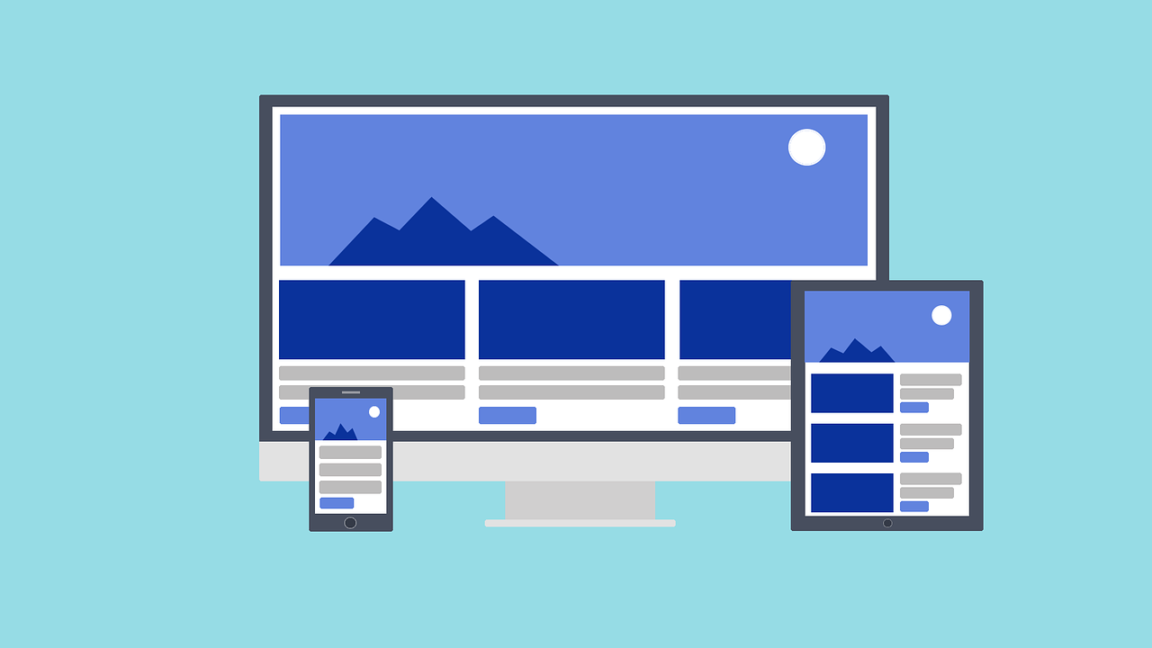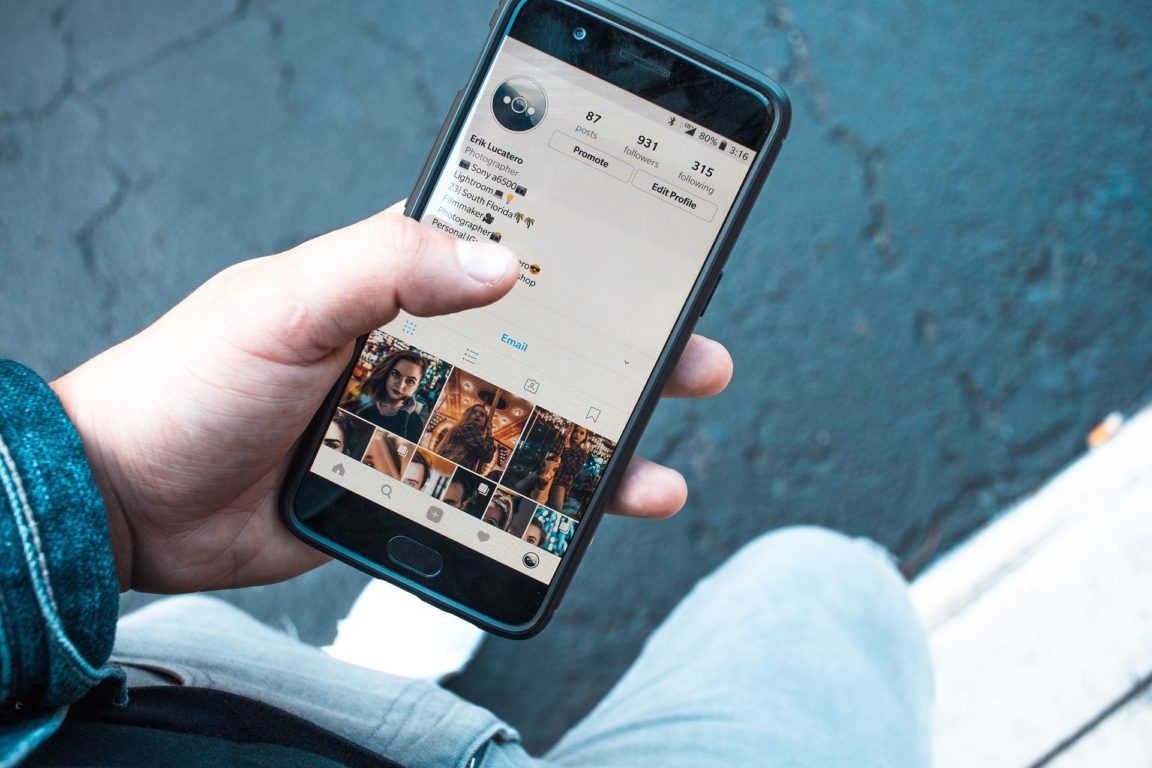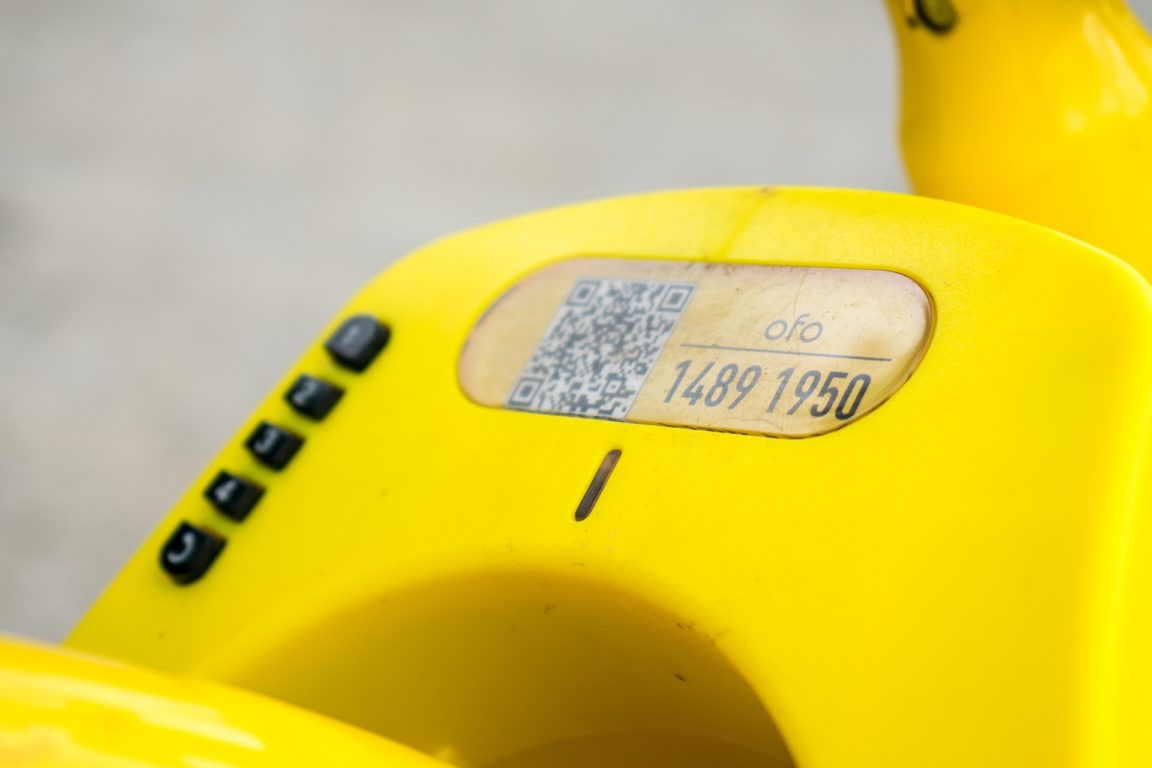
Mobile devices give us the power to text friends, check the stock market, and schedule a ride across town- sometimes all at once!
This technology has revolutionized the way we communicate and engage with the world, and the same goes for healthcare marketing and communications. Marketers who embrace this fact put themselves in the best position to develop meaningful relationships with their audiences– whether they’re healthcare professionals, everyday people, or a combination of the two.
Healthcare marketers who are just now getting comfortable with digital marketing strategies might have underestimated mobile’s impact; after all, we see these devices everywhere we go. In fact, a staggering 97 percent of American adults own a mobile phone
If you’re curious about just how much mobile is shaking up healthcare, take a peek at these eye-popping statistics:
Now that you’ve seen how important mobile is to your healthcare marketing strategy, let’s talk about how you can take advantage of it. Here are a few ways to get started.
Responsive Websites

Image credit: diegovr7
Your website is your “home base” for digital marketing activities. Is it prepared for mobile visitors?
We’ve all been to those websites on our phones where we can’t read a thing. It takes some zooming, pinching, and scrolling to orient ourselves on the page. If we can’t find the content we want right away, navigation to other pages on the site can be a nightmare.
For mobile healthcare audiences with a plethora of options, this simply won’t do. Eighty-eight percent of them will mistrust or reject a website that led to a negative online experience.
A significant chunk of your audience (a chunk that grows daily) will have their first encounter with your brand via a smartphone or tablet. Knowing that people will engage with your website from a variety of devices, your best bet is a responsive web design for improving the user experience. Responsive web designs adjust the size of page elements to suit the particular device being used to access them. As an added bonus, search engines like Google reward responsive designs with higher rankings.
Using responsive web designs allow you to simplify content and navigation menus, removing superfluous design elements. For example, instead of forcing users on smaller devices to scroll endlessly, you can offer previews of blog posts or other longer content and help users get around with hyperlinks.

Image credit: kaboompics
It’s easy to focus so much attention on the online capabilities of smartphones that we overlook their other uses, such as SMS messages.
People- especially from younger generations such as the Millennial and Gen X generations- tend to prefer text to phone calls when scheduling or changing appointments. Text has become a convenient way to communicate when we aren’t sure if the other person will be able to reply right away.
Text messaging opens up a whole new world for healthcare marketers, too. With a little ingenuity, you get access to an entirely new communication channel; only your imagination limits their uses. For example, you can use texts to notify patients that their test results are available, remind them to pick up medications or respond to queries about hospital department waiting times. Doctors like Mel Viney, MD, are texting to communicate with patients recovering from opiate addictions.
Text messages create a more intimate, personal feel than do emails. They also keep communication lines open and consistent, strengthening long-term relationships. As a healthcare marketer, you must ensure that patients consent to receive messages and that communications are HIPAA compliant.
Social Media Engagement for Audiences on the Run

Image credit: Erik_Lucatero
We’ve touched on social media’s potential to forge human connections and empower your audiences before. In the mobile world, it becomes even more crucial.
Americans spend about half of their average five hours of daily mobile use– about 2.5 hours a day– on social media. The continuously updated, real-time nature of these platforms makes them perfectly suited for people on the go. Now, no matter where we are, we can engage with our social networks.
Healthcare marketers can use social media to:
One great example is the Carilion Clinic in Virginia. Concerned that not enough women were scheduling mammograms, they launched the #YESMAAM campaign to drive traffic to screening locations regardless of patients’ ability to pay.

Image credit: lin2015
Mobile is just another tool in your marketing toolkit. It offers new opportunities to connect with an audience and improve their health. However, there’s no reason why it has to replace offline strategies.
Some old school tactics can still work just as well as they did in the past, such as attending trade shows and using in-person sales reps. With mobile, these tactics can become even more effective.
The better you’re able to blend offline and online marketing strategies, the more touchpoints you can create with your audiences. One way to do this is by generating QR codes. QR, short for Quick Response, are unique barcodes that, when scanned by a mobile-ready device, will direct users to a website of your choice. South African startup LogBox lets patients store their medical history on a unique QR code, which can be shared instead of filling out tedious forms.
Say your sales rep meets a few key thought leaders at a conference. You could have them hand out print materials with QR materials on them. That way, when the thought leaders scan the codes, they can continue the relationship with you online. The whole transition is seamless.
Mobile devices are shaking up healthcare in a huge way. Everything from the way people are searching for treatment options and connecting with providers to how they’re building virtual communities and recommending brands to others is changing rapidly.
There’s a lot to learn for healthcare marketers, but with that education comes incredible opportunities. If you’re willing to apply the tips above, you can expand your audience and impress them with unforgettable experiences.